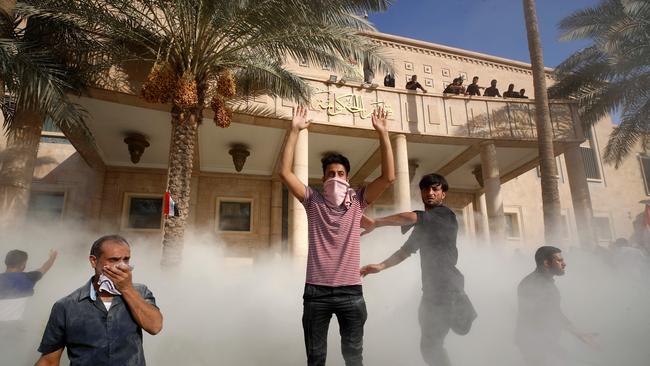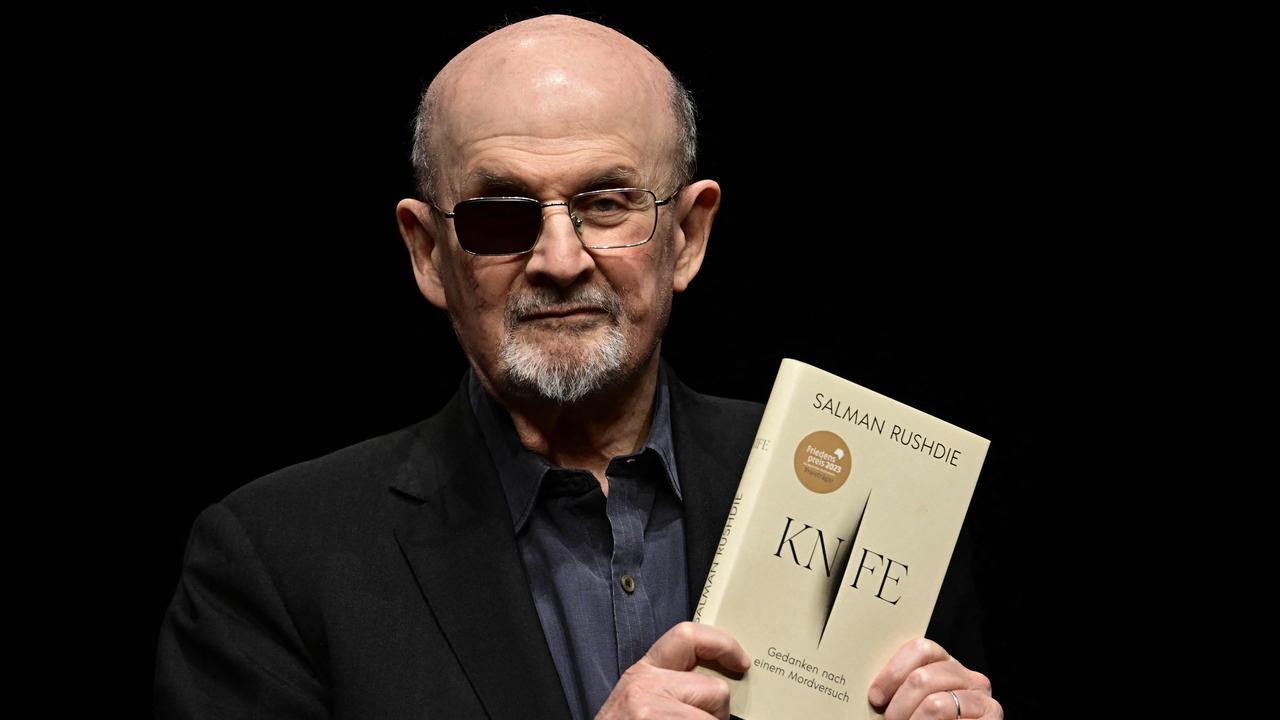Baghdad palace invasion triggers clashes and death
The violence came after Iraqi militia leader Moqtada al-Sadr announced he was withdrawing from politics.

Followers of the Iraqi militia leader Moqtada al-Sadr stormed the Green Zone in Baghdad on Monday night after he announced he was withdrawing from politics – a move seen as a power play in a fight for control with Iranian-backed groups.
Fifteen of his supporters were shot dead and 350 others wounded in clashes with the security forces and rival militias, with a mob going on to seize control of a Saddam Hussein-era presidential palace that now houses government offices and is used for cabinet meetings and official receptions.
Iraq has been locked in a political stand-off since inconclusive elections last October.
Mr Sadr’s faction, which demands an Iraq free from the influence of Iran and the US, emerged as the biggest single party, but he was unable to secure the backing of enough Shia groups to force through his preferred choices for president and the government.
His claim that he would pull out of politics and close all political functions of his movement was a melodramatic gesture typical of the sort seen many times during his long career as an Iraqi kingmaker. “I’ve decided not to meddle in political affairs,” he said. “I therefore announce now my definitive retirement.”
He said that religious sites affiliated with his movement, including the shrine of his father, Ayatollah Muhammad Sadiq al-Sadr – a revered cleric killed on the orders of Saddam Hussein – would remain open.
Much of Mr Sadr’s political clout stems from being the representative of Iraq’s best-known family of Shia clerics. He himself has clerical training but no religious position. After his announcement, Sadrist supporters flooded into the Green Zone, the international area protected by US troops after the 2003 invasion.
They were opposed by the security forces and rival militias, inside and outside the Republican Palace, where men later strolled through the halls and reclined in official armchairs.
Videos posted online showed police firing teargas and using water cannon on the demonstrators. There were also clashes in cities in the Shia-dominated south of the country.
Acting prime minister Mustafa al-Kadhimi declared a curfew and called on Mr Sadr to ask his followers to leave, which some did.
However, the clashes left unresolved the question of who will run Iraq. Mr Sadr is unlikely to leave the political system in the hands of the other Shia factions, controlled directly or indirectly by Iran, to which he was once seen as an ally. After the US-led invasion of Iraq in 2003, Mr Sadr led the largest Shia group hostile to the US and Western occupation, until his Mahdi Army was decisively defeated in 2008 by a combination of Iraqi government forces and US troops.
He has nursed a grievance ever since against Nouri al-Maliki, the prime minister at the time. When his Sadrist party emerged dominant from last year’s election, he said he would not allow it to sit in coalition with Mr Maliki, whose rise to power after the invasion was based on his ability to work with both the Iranians and the Americans. Mr Maliki refused to withdraw, and the other pro-Iran parties said they would not join Mr Sadr’s coalition without him.
Eventually Mr Sadr made his MPs resign, hoping he would force another election. Instead, the rival Shia parties used parliamentary rules to fill the seats with new MPs loyal to them, leading to an increasingly bitter stand-off.
The UN has a mission to Iraq that has so far been unable to bring any influence to bear on the crisis. It urged all sides to back down on Monday night.
“The very survival of the state is at stake,” it said.
That statement was echoed by the British embassy, also situated in the Green Zone, which called on “all sides to prioritise dialogue in pursuit of a peaceful, legal and inclusive solution for the sake of the Iraqi people”.
The Times


